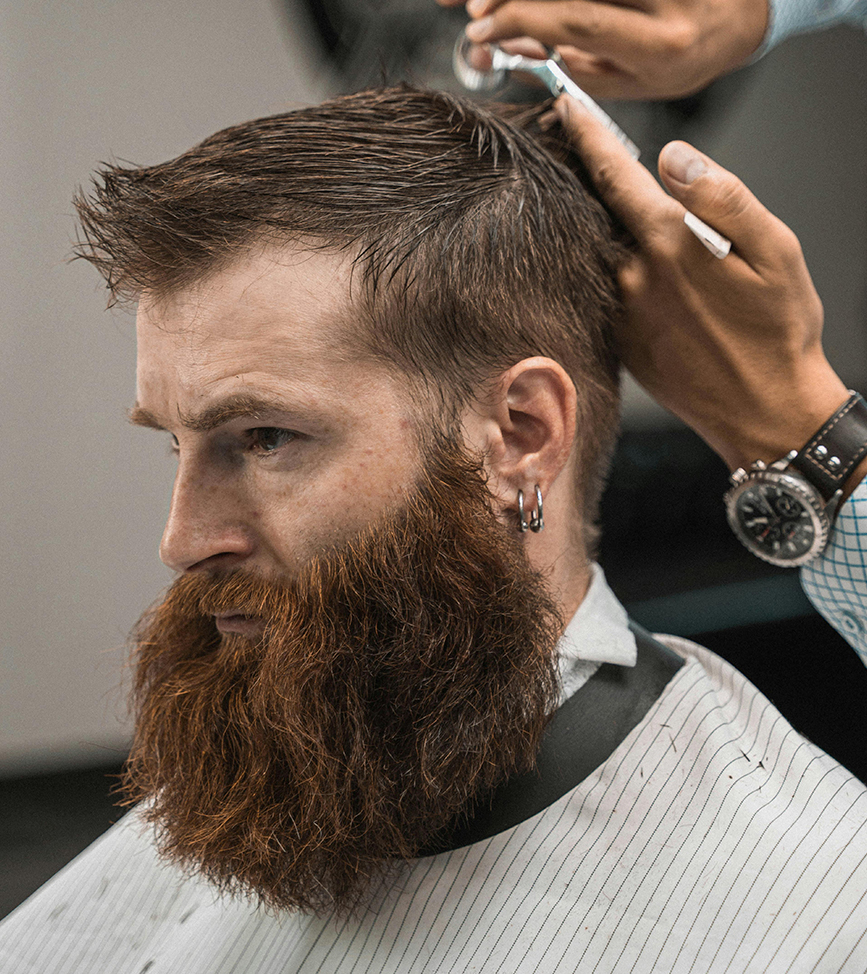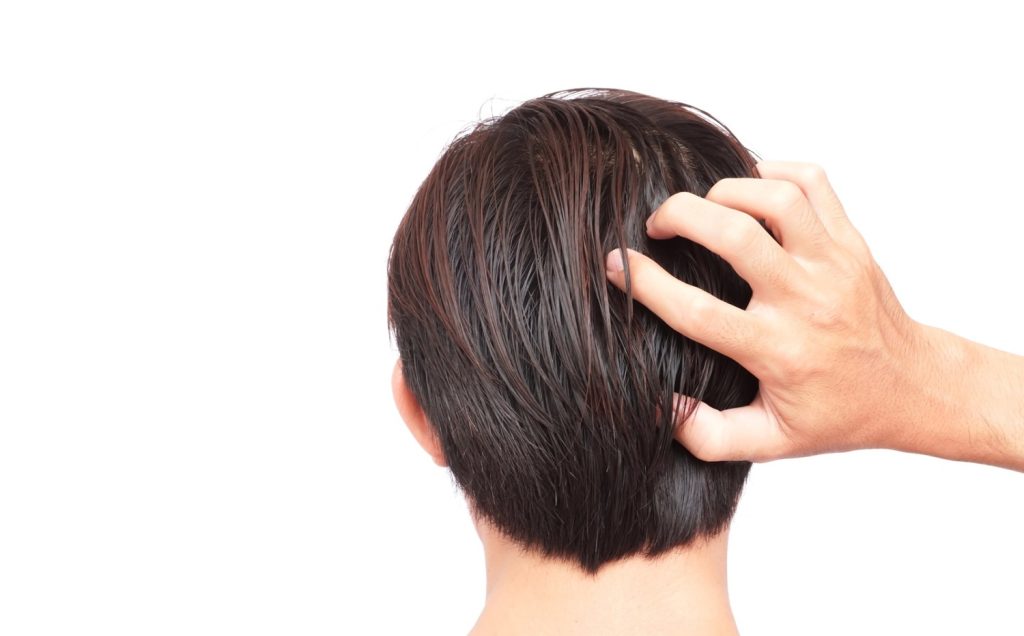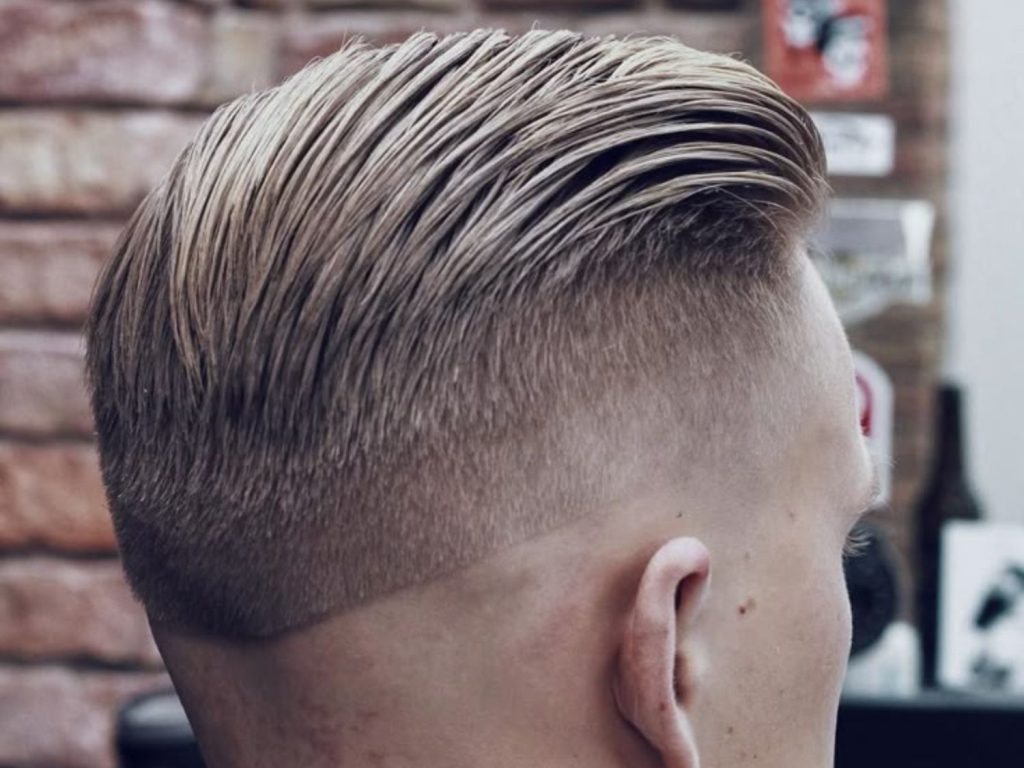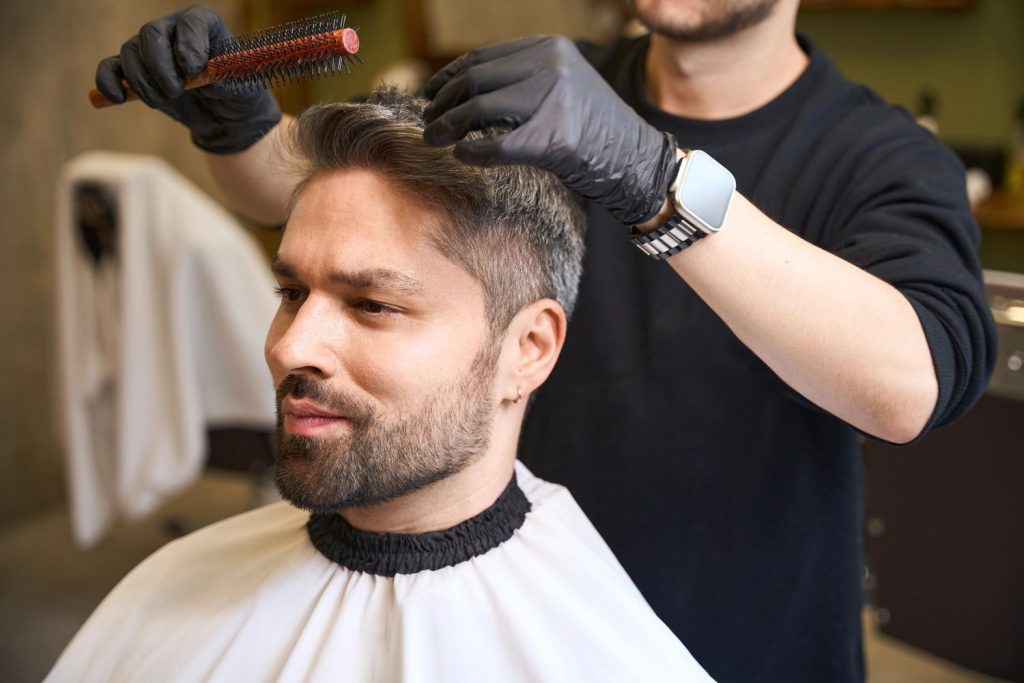How to Shave with a Straight Razor: A Step-by-Step Guide for a Classic Close Shave
May 15, 2025
Using a straight razor is more than just a shaving method—it’s a ritual that combines technique, patience, and precision. While disposable razors and electric shavers dominate the market for their speed and convenience, the straight razor stands out for those who appreciate craftsmanship and an ultra-close shave. This guide walks you through everything you need to know to start shaving with a straight razor—from understanding your tools to perfecting your technique. It also helps you understand the value of taking time to care for your grooming routine, turning what may have been a daily chore into a mindful and enjoyable process.
What You Need Before You Begin
Before touching blade to skin, make sure you’re equipped with the right tools:
- 🪒 A sharpened straight razor (also known as a cut-throat razor)
- 🧤 Pre-shave oil (optional, for added glide)
- 🧼 Shaving soap or cream
- 🦤 Shaving brush (badger, boar, or synthetic)
- 🪞 A quality mirror with good lighting
- 💧 Warm water and a towel
- 🧊 Cold water and an alum block for aftercare
- 🢆♂️ Post-shave balm or lotion
Investing in quality products can significantly affect your results. A good razor stays sharp longer, a rich lather cushions better, and a sturdy strop ensures blade longevity. Each component plays a role in minimizing skin irritation and maximizing the efficiency of your shave.
Prepping the Skin: The Foundation of a Safe Shave
Preparation sets the tone for a good straight razor experience. Here’s what to do before picking up the blade:
Step 1: Wash Your Face
Use warm water and a gentle cleanser to clean the face. This removes dirt, excess oil, and dead skin—reducing the chance of clogged pores and razor bumps. A clean face allows the blade to glide more smoothly, which results in a better shaving experience.
Step 2: Apply a Warm Towel
Apply a warm, damp towel to your face for at least 1–2 minutes. This softens the beard and opens pores, making hair easier to cut and reducing the risk of tugging. You can do this once or repeat a couple of times for thicker facial hair.
Step 3: Use Pre-Shave Oil (Optional)
Pre-shave oil adds an extra layer of lubrication. While optional, it can reduce irritation for those with sensitive skin or coarse beards. A few drops massaged into the beard area can make a big difference in the smoothness of the blade’s pass.
Step 4: Lather Up
Using your brush, whip up a thick lather with shaving soap or cream. Apply in a circular motion to lift hairs and coat them evenly. Lather not only softens the hair further but also helps maintain skin hydration during the shave.
How to Hold a Straight Razor Properly
A straight razor requires careful control. Here’s how to hold it:
- Use your dominant hand.
- Rest your index, middle, and ring fingers on the back of the blade (spine).
- Place your pinky on the tang (the small curved part behind the handle).
- Your thumb should grip the side of the blade, opposite your fingers.
This grip gives you the control you need for steady, deliberate strokes. Getting comfortable with this grip may take a few tries, but consistency in hand positioning helps maintain even pressure and blade angle.
Practice holding the razor in front of a mirror before your first shave. Pay attention to how your hand moves around curves like your jaw and chin. Developing muscle memory is essential for building confidence and reducing the risk of nicks.
Mastering the Shaving Technique
Now that your face is prepped and your razor is in hand, let’s get into the actual shaving technique.
Step 1: Start with the Sideburns
Begin on one side of the face. Stretch the skin taut with your free hand, and position the razor at a 30-degree angle.
Use short, smooth strokes in the direction of hair growth (with the grain). Avoid long sweeps until you’ve gained confidence. Start with the flatter areas of the face to get a feel for the razor’s movement.
Step 2: Shave the Cheeks and Jawline
Continue working downward with gentle strokes. For the jawline, tilt your head to keep the skin tight and maintain the angle of the blade. Use the opposite hand to pull the skin upward, which flattens the shaving surface and improves results.
Step 3: Address the Chin and Upper Lip
These are trickier areas. Re-lather if needed. Take extra care on the chin and under the nose—these spots tend to have dense hair and are more prone to nicks.
Use shorter strokes and try not to apply pressure. Let the weight of the razor do the work. For the upper lip, hold your nose slightly up with your free hand to stretch the skin.
Step 4: Tackle the Neck
This area often has uneven hair growth patterns. Pay attention to the grain and adjust your strokes accordingly.
Always stretch the skin and go slowly. You may need to tilt your head back and to the side, using the mirror to monitor your blade position carefully. For some, a single downward pass is enough; others may benefit from sideways or upward strokes.
Shaving Against the Grain: Is It Necessary?
For many straight razor users, a single pass with the grain is enough. However, if you want a closer finish:
- Do a second lather.
- Shave sideways (across the grain).
- If your skin tolerates it, finish with a final pass against the grain.
This three-pass method gives the closest result but increases the chance of irritation—so use your judgment. Sensitive skin may not tolerate against-the-grain shaving well. If you do choose to go against the grain, apply minimal pressure and keep the strokes short.
You can also try shaving different areas using different approaches. For instance, shave with the grain on the neck, and go against the grain only on the cheeks where the skin is less reactive.
Post-Shave Care: Soothe and Protect
Once shaving is complete, your job isn’t done. Aftercare helps prevent ingrown hairs and irritation.
Rinse with Cold Water
Cold water closes the pores and tightens the skin. Pat dry with a clean towel—don’t rub. This simple step helps calm the skin and prepares it for any aftershave treatments.
Apply an Alum Block
Run a wet alum block over your face. It acts as an antiseptic and helps close minor cuts. A brief stinging sensation is normal.
Alum can also reduce inflammation and provide a clean, toned finish to your shave. After use, rinse it off or leave it on depending on your preference.
Use a Post-Shave Balm or Lotion
Finish with a non-alcoholic balm or lotion to moisturize and calm the skin. Choose a product with natural ingredients like aloe vera, witch hazel, or chamomile for best results.
Avoid products with strong fragrances or alcohol, as they can irritate freshly shaved skin. A good post-shave balm will leave your skin feeling refreshed, not tight or dry.
Maintaining Your Straight Razor
A well-maintained razor not only performs better but also lasts longer.
Strop Regularly
Use a leather strop before every shave to align the blade’s edge. This doesn’t sharpen the blade but keeps it smooth and effective.
Learning how to strop correctly is key—the motion is not about speed but consistency and care. Improper stropping can damage the blade rather than maintain it.
Hone Occasionally
Depending on how often you shave, hone the blade every few months with a sharpening stone to restore its edge. This is more technical than stropping, and some users send their blades to professionals for honing.
Keep It Dry
After use, rinse thoroughly, dry completely, and store in a dry place to prevent rust. A razor stand or case is a good investment to protect the blade and extend its life.
Safety Tips for Beginners
- Never rush—speed leads to mistakes.
- Keep your blade sharp. A dull blade pulls hair and causes irritation.
- Always stretch the skin and use a light touch.
- If you’re unsure about the angle or technique, pause and re-evaluate before continuing.
Like anything new, straight razor shaving takes practice. Expect a learning curve, and don’t be discouraged by early nicks or missed spots.
Patience and consistency are your allies. Over time, you’ll develop a rhythm and confidence that makes each shave smoother and more enjoyable.
Number One Barber Shop Serving the Sugar Ridge Community and Beyond in Stafford
Number One Barber Shop is dedicated to serving the diverse needs of the local community of Stafford, including individuals residing in neighborhoods like Sugar Ridge. With its convenient location near landmarks such as the Houston Badminton Center and major intersections like Murphy Rd & W Airport Blvd. (coordinates: 29.628978104837714, -95.59281951261379), we offer Mens Shave services.
Get Mens Shave Services at Sugar Ridge Now
Navigate from Sugar Ridge to Number One Barber Shop Now
Final Thoughts: Is It Worth It?
If you’re seeking a closer, cleaner, and more traditional shaving experience, learning how to shave with a straight razor is worth the investment of time and practice. The process forces you to slow down and develop skill—something that can be as rewarding as the shave itself. Whether you’re a grooming enthusiast or simply curious about trying something different, this method delivers a shave like no other. Take your time, invest in good tools, and enjoy the journey. Each shave is a chance to improve your technique and indulge in a timeless grooming ritual.
Frequently Asked Questions (FAQs):
- Is shaving with a straight razor better than using a cartridge razor?
Yes, straight razors offer a closer shave and reduce long-term skin irritation when used correctly. They also produce less waste and can save money over time compared to disposable razors. - How do I prepare my face before using a straight razor?
Proper preparation includes washing your face with warm water, applying a hot towel to soften the beard, and using a quality shaving cream or soap to create a protective lather. - What is the best angle to hold a straight razor while shaving?
Hold the blade at approximately a 30-degree angle to your skin. This minimizes the risk of cuts and allows the razor to cut the hair efficiently without tugging. - Do I need to shave in multiple passes with a straight razor?
Yes, most straight razor shaves involve multiple passes: with the grain, across the grain, and optionally against the grain for a smoother finish. Each pass should be done with proper lubrication and light pressure. - How do I maintain and sharpen a straight razor?
You should strop your razor before each use to align the edge and use a honing stone periodically to sharpen it. Keeping the blade dry and storing it properly will also help prevent rust and dullness.
Refine Your Style with Expert Barbershop Care
Our expert barbers are dedicated to providing you with a personalized experience that brings out your best look, every time. Whether you're in for a sharp haircut, a refreshing shave, or a relaxing facial, we take the time to understand your style and tailor our services to match your unique preferences.









